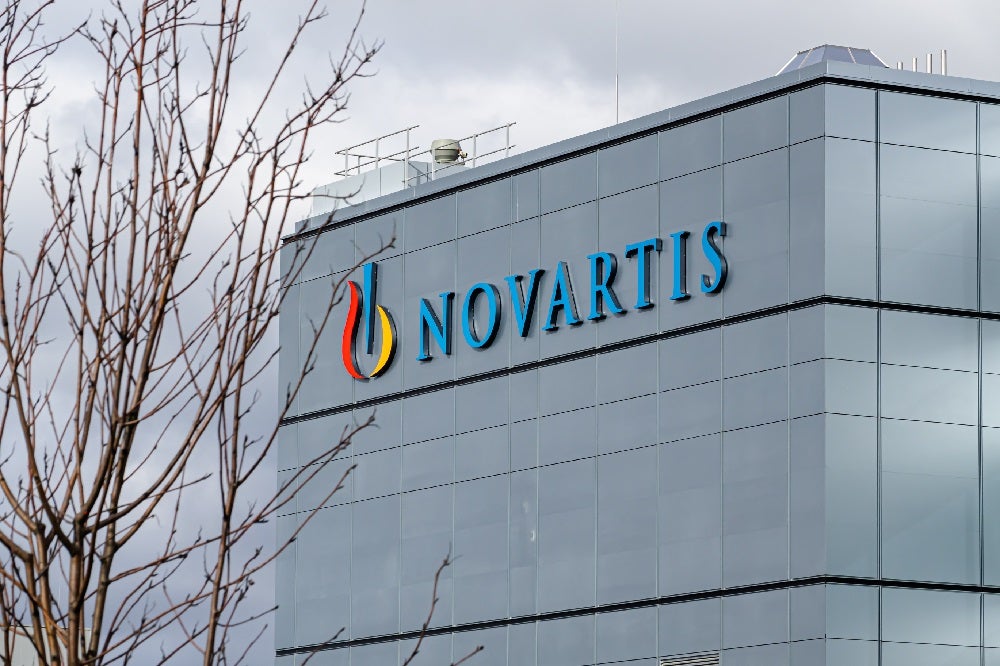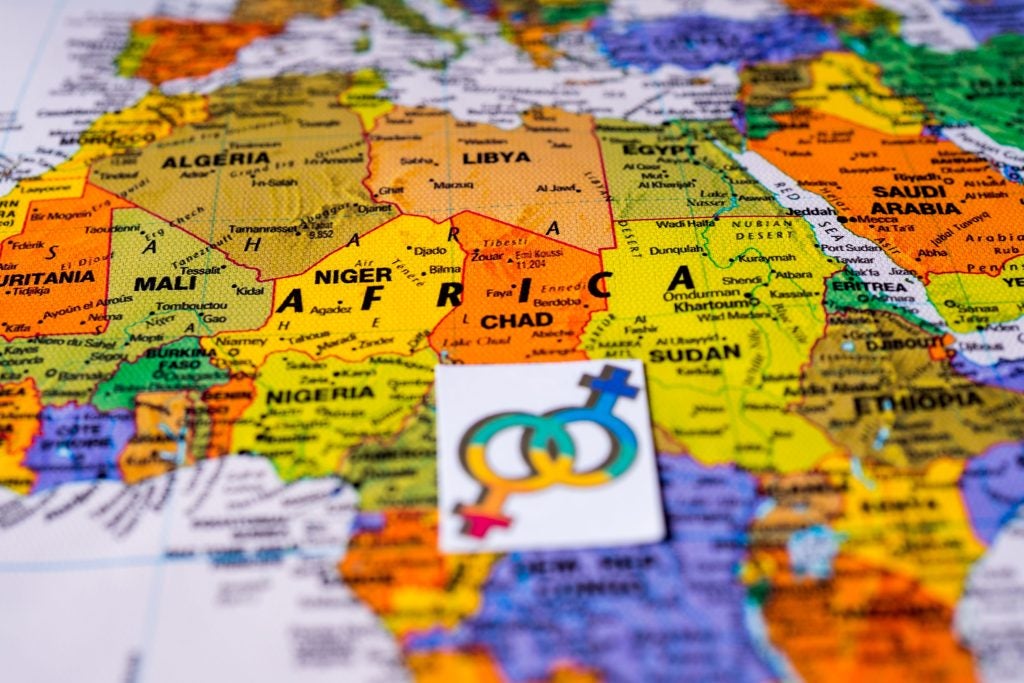Novartis Kesimpta in Multiple Sclerosis Treatment
Novartis has presented new post-hoc data pooled from 833 patients in the Phase III trial ASCLEPIOS of its blockbuster-to-be, Kesimpta (ofatumumab), at the American Academy of Neurology (AAN) virtual annual meeting.
This data confirms Kesimpta’s greater clinical efficacy and tolerability, following its recent approval by the European Medicines Agency (EMA) for the treatment of relapsing forms of multiple sclerosis (RMS) in adults. Kesimpta will contribute to the diversification of the highly competitive MS market, being as it is now approved in most markets, including the US, Europe and Japan.
How well do you really know your competitors?
Access the most comprehensive Company Profiles on the market, powered by GlobalData. Save hours of research. Gain competitive edge.

Thank you!
Your download email will arrive shortly
Not ready to buy yet? Download a free sample
We are confident about the unique quality of our Company Profiles. However, we want you to make the most beneficial decision for your business, so we offer a free sample that you can download by submitting the below form
By GlobalDataASCLEPIOS I and II were twin parts of a double-blind, randomised, multi-centre, Phase III trial that investigated the safety and efficacy of Kesimpta administered subcutaneously at a 20mg monthly dose compared with Sanofi’s oral drug, Aubagio (teriflunomide), which was taken once daily in adults with RMS. Kesimpta is a novel humanised monoclonal antibody that binds and depletes CD20+ B-cells, which are thought to play a key role in the pathogenesis of RMS.
The trial’s primary endpoint evaluated the annualised rate of relapse, while its secondary endpoints assessed the detection of magnetic resonance imaging (MRI) lesion activity in the form of the number of both Gd-enhancing T1 lesions per scan and the new or enlarging T2 lesions, as well as the evaluation of the disability progression risk on a prespecified pool of patients.
Kesimpta demonstrated a superior clinical profile overall compared with Aubagio, with a 51% and 59% higher reduction in relapse rate than Aubagio in part I and part II of the trial respectively. Kesimpta also reduced the Gd+ T1 lesion burden by 98% and 94%, the T2 lesions by 82% and 85%, and achieved a 34.4% relative risk reduction of three-month confirmed disability progression compared with Aubagio. Kesimpta’s safety was found to be similar to that of Aubagio.
The new findings from the post-hoc analysis demonstrated that 88% of patients on Kesimpta showed no evidence of disease activity (NEDA-3) compared with 48% of patients on Aubagio over 12-24 months. NEDA-3 represents a composite of patients who were free of confirmed relapses, disability worsening and MRI disease activity.
Kesimpta is believed to selectively target B-cell depletion in the lymph nodes where needed, without affecting the B-cells in the spleen and bone marrow, due to its subcutaneous route of administration. It also boasts a flexible dosing regimen that allows patients to self-administer its prefilled autopen at home with minimal time and effort. This advantage may be particularly beneficial during the Covid-19 pandemic, when convenient at-home administration is preferred.
Given Kesimpta’ superior efficacy and convenient delivery system, it is expected to be a welcome addition in the MS market and generate a good uptake due to switching and new patients who prefer a more convenient treatment. GlobalData forecasts that Kesimpta will generate global sales of $3.3bn by 2028.
Concurrently to this, Roche announced new post-hoc data from an open-label Phase IIIb ENSEMBLE study of its blockbuster, Ocrevus (ocrelizumab), which is facing heavy competition from Kesimpta. Both drugs belong to the same therapeutic class and target the same pool of RMS patients. The data demonstrated that 85% of early-stage RMS patients achieved no evidence of disease activity, similar to data from Kesimpta’s study.
An analysis of two-year US commercial and insurance claims showed that 80% of patients adhered to Ocrevus after their second year of treatment. This is a high compliance rate given that Ocrevus is administered twice per year through a two-hour intravenous infusion. The safety and efficacy data of Ocrevus is, overall, comparable with that of Kesimpta. The main differentiation between the two drugs is the delivery system and the annual cost of therapy, which is $65,000 for Ocrevus compared to $83,000 for Kesimpta in the US.
GlobalData expects Ocrevus to maintain its leadership throughout 2028, achieving global sales of $7.7bn due to its first-to-market advantage and its robust real-world data. Novartis currently aims to have the same trajectory as Roche’s Ocrevus, which was approved by the US Food and Drug Administration (FDA) in 2017, given the similar efficacy and safety data from Kesimpta’s clinical trials. But as there are no head-to-head trials, sufficient clinical experience on Kesimpta’s efficacy and delivery method will be required before it can establish itself in the face of competition from Ocrevus, which has been the physicians’ drug of choice for newly diagnosed RMS patients since its launch.











Related Company Profiles
Novartis AG
Sanofi